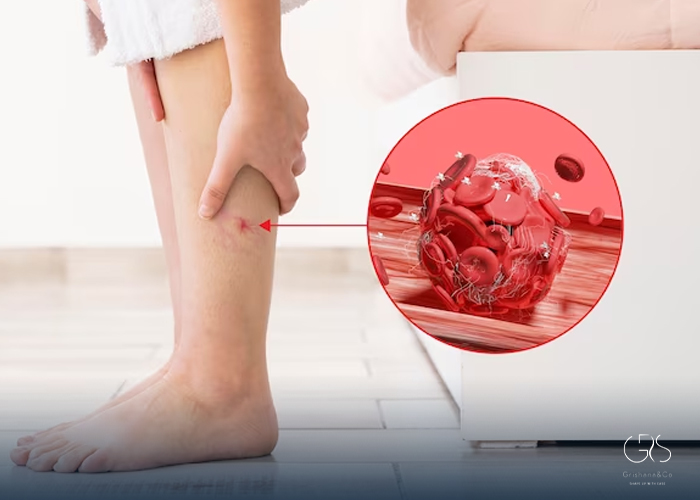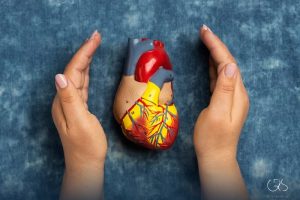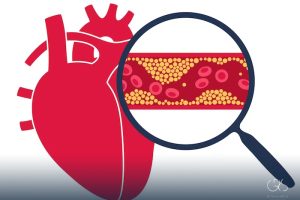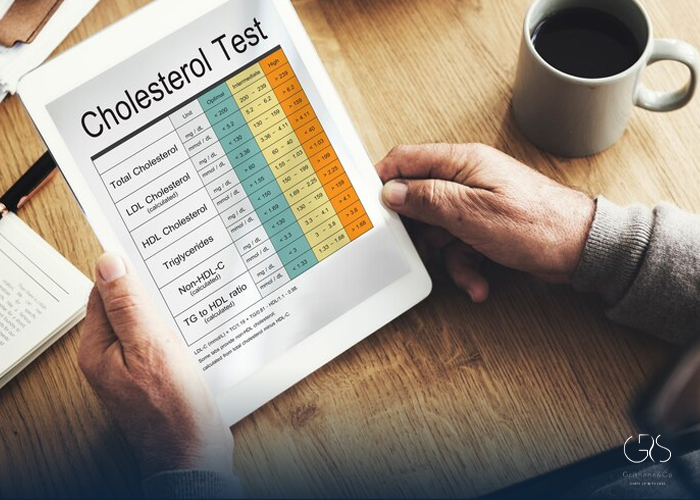High cholesterol is a prevalent health condition affecting millions of individuals worldwide. While it may often go unnoticed, the impact of high cholesterol on the body can be far-reaching. In this comprehensive article, we delve into the symptoms associated with high cholesterol, with a specific focus on its effects on the feet and legs. By drawing on relevant statistics, diverse perspectives, and expert insights, we aim to provide you with a deeper understanding of this common yet often misunderstood condition.
I. Understanding High Cholesterol: A Global Health Concern
High cholesterol, also known as hypercholesterolemia, refers to an excessive buildup of cholesterol in the bloodstream. This article will explore the causes and risk factors associated with high cholesterol and its impact on cardiovascular health.
II. Recognizing High Cholesterol Symptoms
1.The Silent Intruder: Identifying Hidden Indicators
-
- Explain how high cholesterol often presents no visible symptoms.
- Discuss the importance of routine check-ups and cholesterol screenings.
2.The Feet and Legs Connection: Uncovering Specific Symptoms
-
- Analyze the link between high cholesterol and foot/leg health.
- Discuss common symptoms such as peripheral artery disease, leg pain, and swelling.
III. Exploring Complications and Health Implications
1.Correlating High Cholesterol with Peripheral Artery Disease (PAD)
-
- Provide an overview of the relationship between high cholesterol and PAD.
- Discuss the symptoms, risk factors, and potential treatment options.
2.Diabetic Foot Complications and High Cholesterol
-
- Analyze the interplay between high cholesterol and diabetes-related foot complications.
- Highlight the importance of managing cholesterol levels for individuals with diabetes.

IV. Preventive Measures and Lifestyle Changes
1.Diet and Nutrition: The Key to Managing High Cholesterol
-
- Discuss the significance of a balanced diet in preventing and managing high cholesterol.
- Provide practical tips and dietary recommendations.
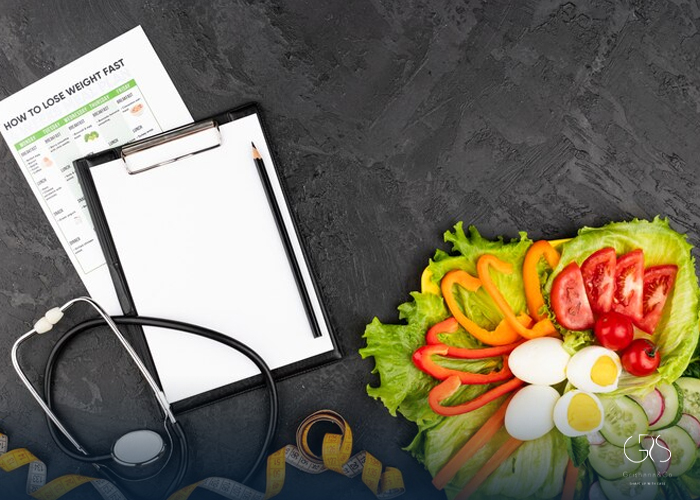
2.Regular Exercise: A Prescribed Remedy
-
- Explore the benefits of exercise in cholesterol control.
- Highlight suitable physical activities for individuals with high cholesterol.
V. Medical Interventions and Treatment Options
1.Medications for High Cholesterol: An Overview
-
- Present different types of cholesterol-lowering medications.
- Emphasize the importance of consulting with healthcare professionals.

2.Surgical Interventions: When Other Measures Fall Short
-
- Discuss surgical options for individuals with severe high cholesterol.
- Explore their effectiveness, risks, and considerations.
VI. The Importance of a Holistic Approach
1.Emotional and Mental Well-being: The Overlooked Aspect
-
- Highlight the impact of stress and mental health on high cholesterol.
- Provide coping strategies and stress management techniques.
2.Complementary and Alternative Therapies
-
- Discuss alternative approaches to managing high cholesterol.
- Present evidence-based complementary therapies.
Conclusion:
In conclusion, understanding high cholesterol symptoms, particularly those affecting the feet and legs, is crucial for early intervention and effective management. Through this comprehensive exploration, we have shed light on the silent indicators, health implications, preventive measures, treatment options, and the significance of a holistic approach to cholesterol management. By prioritizing regular check-ups, implementing lifestyle changes, and seeking professional guidance, individuals with high cholesterol can take charge of their health and reduce the associated risks.
Sources
- American Heart Association, Cholesterol Facts & Statistics
- Mayo Clinic, High Cholesterol Symptoms
- American Diabetes Association, Diabetes and Foot Problems
- Peripheral Artery Disease, Symptoms and Causes
- National Institute of Diabetes and Digestive and Kidney Diseases, High Cholesterol
- World Health Organization, Healthy Diet Fact Sheet
- American Psychological Association, Stress Effects on the Body

